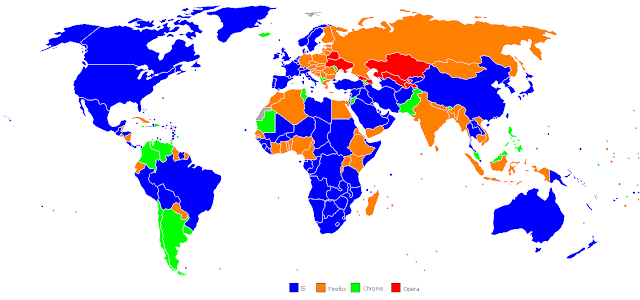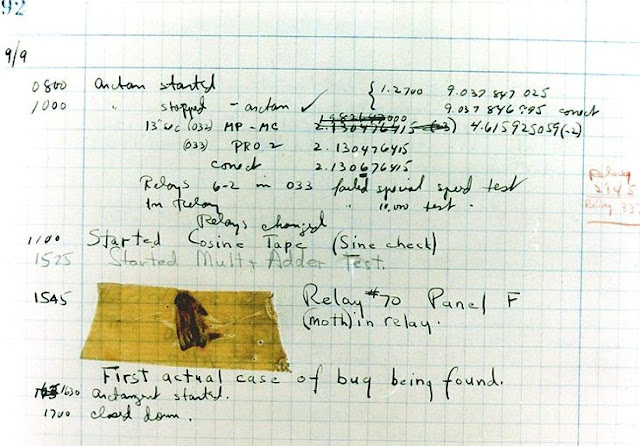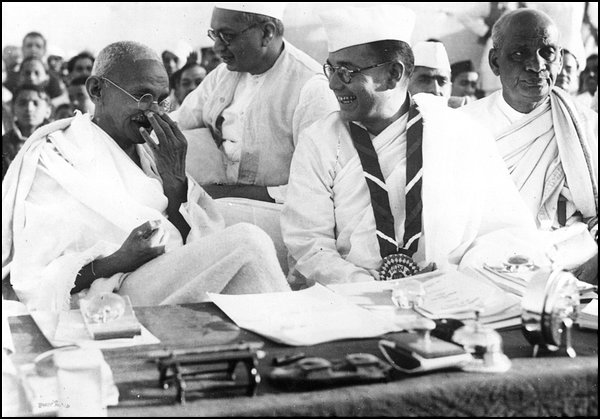“W3C publishes documents that define Web technologies. These documents follow a process designed to promote consensus, fairness, public accountability, and quality. At the end of this process, W3C publishes Recommendations, which are considered Web standards.” from Standards FAQ.
The recommendations are not binding, but as the W3C says: “W3C's role in making the Recommendation is to draw attention to the specification and to promote its widespread deployment. This enhances the functionality and interoperability of the Web.”
And would make us developer’s creating web applications more productive.
Microsoft, in spite of its large representation in the W3C Working Groups, has been a laggard at proactively adopting these recommendations in its browsers. It has thus gifted us a bunch of what it now calls its ‘legacy browsers’ - IE6, IE7 and IE8, which, whether we like it or not, has still to be supported if our web applications/sites are to reach a greater audience.
A case in point is the CSS Color Module Level 3, one of the modules of CSS3, which was endorsed as a W3C Recommendation on 7 June 2011. The first W3C Working Draft was published on 22 June 1999, it became a W3C Candidate Recommendation on 14 May 2003, back to a W3C Working Draft on 21 July 2008, and a W3C Proposed Recommendation on 28 October 2010.
Tantek Çelik [Microsoft’s representative till 2003] and Brad Pettit [Microsoft’s representative] have been associated with this recommendation right from the first working draft to its endorsement as a recommendation.
In this period, IE went from IE6.0 to IE9.0, Firefox to version 5.0 and Chrome to 12.0. The table below indicates how Firefox and Chrome were early adopters of CSS3, whereas Microsoft waited until IE9.
How does Microsoft’s apathy affect us in development? Several ways:
1. IE is the most used web browser.
 |
| Figure 1: Web browser usage by country in September 2011 [Source: http://en.wikipedia.org/wiki/Usage_share_of_web_browsers] |
2. StatCounter estimates the usage share of web browser for September 2011 as below.
| Figure 2 [Source of data: StatCounter] |
3. The usage share of various versions of IE for September 2011 is shown below (source: StatCounter)
| Figure 3 [Source of data: StatCounter] |
Figure 3 means that the usage share of Microsoft’s legacy browsers is 32.72%. This is a large population and cannot be ignored.
So why do we have a such a large population using IE’s legacy browsers? 2 reasons in my opinion.
One: Microsoft bundles IE with its OS. So IE is kind of available out of the box. The fact remains that the majority of Internet users are not techies or geeks like you or me. The browser is just another tool to get their work done. And if it is available out of the box, they’ll use it. They don't care if the IE version they are using is W3C compliant or otherwise, as long as it can get their work done.
IE also has a tight integration with the OS. So while you will be able to install Firefox 7 on Window XP or Window 7, IE9 will work only on Window 7+ (though its legacy browsers can run of this OS). The high usage of IE8 is because it was released for Windows XP, Windows Server 2003, Windows Vista, and is the default browser for Windows 7 and Windows 2008 R2.
Window XP and Window 7 more or less share the honours as per StatCounter’s data of September 2011. This delays adoption of IE9 as the primary browser.
| Figure 4 [Source of data: StatCounter] |
Two: Figures 1, 2 and 3 indicate internet usage. My experience is that the usage of IE’s legacy browser is even greater in intranets in corporate, business and government - this follows from the fact that the browser is bundled with the OS. These have a large user base and the cost and time of upgrading the OS or the browser is huge.
So, IE’s legacy browsers aren’t going away soon. And we will continue to fret for a while longer about the pain these give us. And because we create applications for the masses, we need to write code to support both these and the modern browsers. Something like this ‘best practice CSS’, even though it will never validate.
.50PercentOpaque
{
opacity: 0.5; //W3C CSS Color Module Level 3 compliant browsers
filter: alpha(opacity=50); //IE legacy browsers
}














